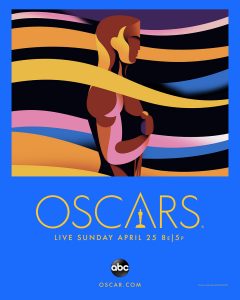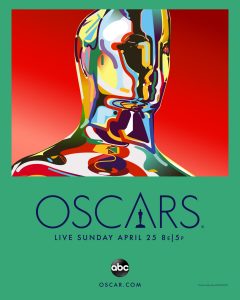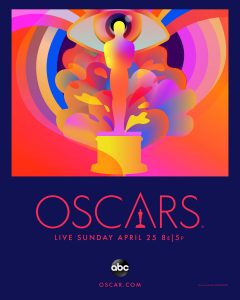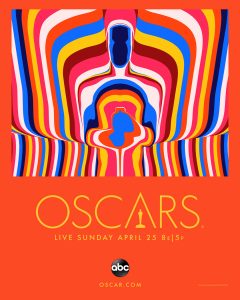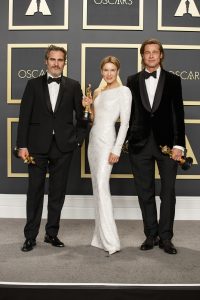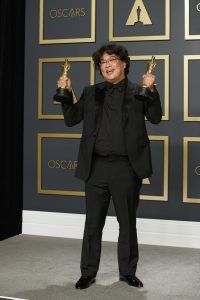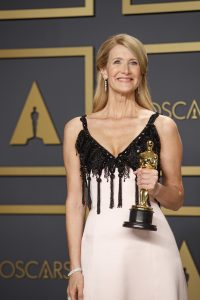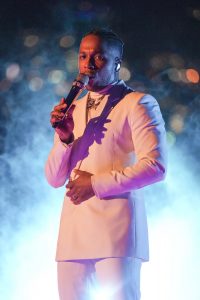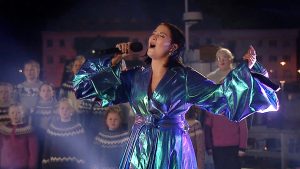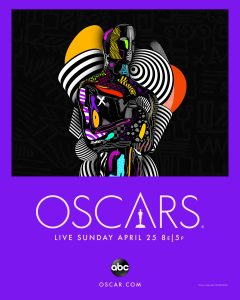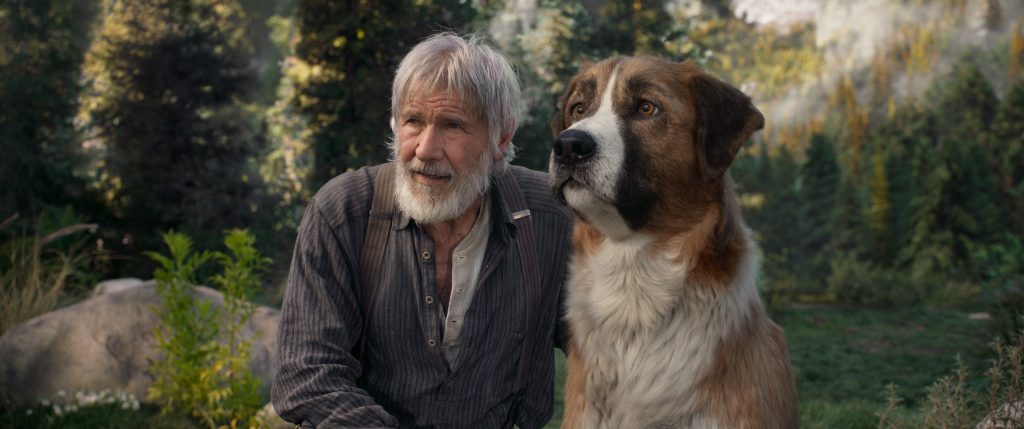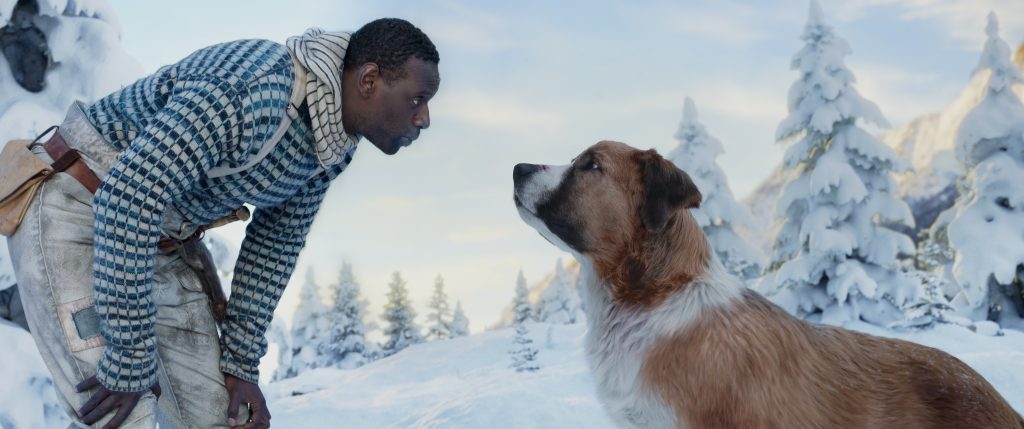June 29, 2023
by Carla Hay
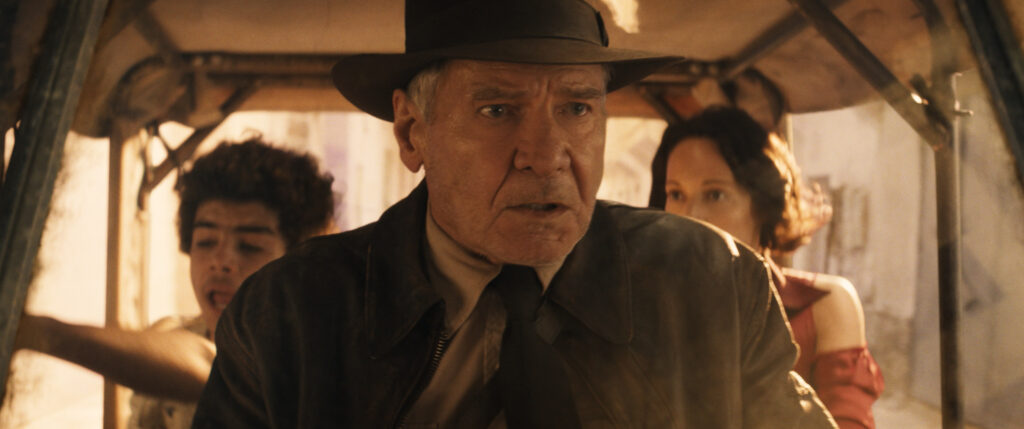
“Indiana Jones and the Dial of Destiny”
Some language in German and Greek with subtitles
Culture Representation: Taking place in 1969 (with some flashbacks to the 1940s), in various parts of universe, the action film “Indiana Jones and the Dial of Destiny” features a predominantly white cast of characters (with some people of African, Middle Eastern and Latino heritage) representing the working-class, middle-class and wealthy.
Culture Clash: American hero Indiana Jones fights Nazis, as he tries to regain possession of a powerful time-travel artifact called the Archimedes Dial that has been stolen by his British con-artist goddaughter.
Culture Audience: Besides appealing to the obvious target audience of “Indiana Jones” franchise fans and Harrison Ford fans, “Indiana Jones and the Dial of Destiny” will appeal primarily to people who don’t mind watching formulaic action movies that lack original ideas.
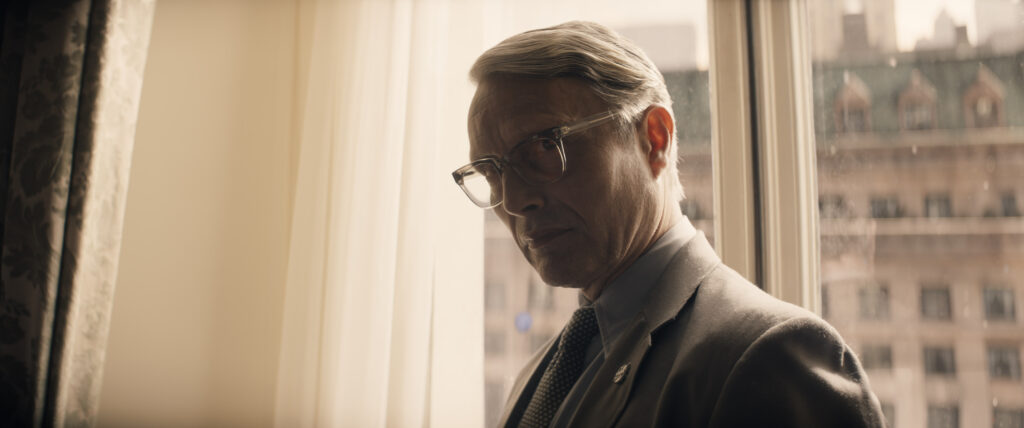
“Indiana Jones and the Dial of Destiny” should be renamed “Indiana Jones and the Long-Winded Cash Grab.” It’s an overstuffed pile-on of formulaic action, insipid dialogue and ripoff ideas. It’s an utter failure of originality. And with a total running time of 154 minutes, only the most die-hard Indiana Jones fans will feel like this repetitive film is worth the very long ride that over-relies on Indiana Jones nostalgia instead of doing something truly bold and creative with this franchise.
Directed by James Mangold, “Indiana Jones and the Dial of Destiny” is the fifth movie in the “Indiana Jones” series, which began with 1981’s “Raiders of the Lost Ark”—still the best movie in the franchise—which was about an American hero battling against treasure-stealing Nazis. “Indiana Jones and the Dial of Destiny” is the first “Indiana Jones” movie that isn’t directed by Steven Spielberg. The screenplay for “Indiana Jones and the Dial of Destiny” was co-written by Mangold, Jez Butterworth, John-Henry Butterworth and David Koepp. The movie had its world premiere at the 2023 Cannes Film Festival.
“Indiana Jones and the Dial of Destiny” begins somewhere in Nazi-occupied Europe during World War II, with a very misguided action sequence that lasts for about 15 to 20 minutes. The sequence shows a middle-aged Indiana “Indy” Jones (played by Harrison Ford, with de-aging computer imagery in these scenes) fighting off Nazis with his longtime British friend Basil Shaw (played by Toby Jones, also de-aged in this sequence), who is an archaeologist and an Oxford University professor. In this sequence, Indiana does things such as fight Nazis on the roof of a moving train. Basil has been captured by the Nazis. But of course, Indiana is able to rescue Basil.
Indiana and Basil want to get a hold of the Archimedes Dial, an artifact that is believed to have the ability to open time portals. The Nazi contingent is led by Colonel Weber (played by Thomas Kretschmann), who is in charge of stealing valuable art and artifacts from Nazi-occupied countries and sending these treasures to Germany. One of the star subordinates of Colonel Weber is Dr. Jürgen Voller (played by Mads Mikkelsen, also de-aged in the 1940s scenes), who comes across Indiana Jones in the battle over the Archimedes Dial.
While still on top of the moving train, Indiana finds himself at the mercy of Jürgen, who has a gun and demands that Indiana Jones hand over the Archimedes Dial. Indiana abides by this request, and Jürgen escapes by sliding down a nearby pole. The conclusion of this fight immediately looks phony, because if this fight had happened in real life, a ruthless Nazi such as Jürgen would have immediately killed Indiana and Basil after getting the dial. But there would be no “Indiana Jones” sequels if that happened, so expect Indiana Jones to escape death again and again in unrealistic action scenes.
Another glaring reason why this sequence is very misguided is that it will make viewers wonder, “How long is this movie going to show a younger (fake-looking) Indiana Jones instead of the senior citizen that Ford is in real life?” It’s an example of how “Indiana Jones and the Dial of Destiny” relies too heavily on nostalgia. This high-energy action sequence will only just remind people of how the earlier “Indiana Jones” movies from the 20th century are better than the “Indiana Jones” movies released in the 21st century.
After this overly long trip down memory lane of how Indiana Jones used to look, “Indiana Jones and the Dial of Destiny” fast-forwards to the year 1969, when Indiana Jones is a cranky, bitter old man. He’s an archaelogy professor at Hunter College in New York City. He’s on the verge of retiring after teaching at Hunter College for the past 10 years. And he lives alone, because he’s separated from his wife Marion (played by Karen Allen), who met him in the story depicted in “Raiders of the Lost Ark.” “Indiana Jones and the Dial of Destiny” explains later why Indiana and Marion have separated. (Hint: She left him.)
Someone who shows up unexpectedly in one of Indiana’s class sessions is Helena Shaw (played by Phoebe Waller-Bridge), who is Basil’s daughter. Helena is also Indiana’s goddaughter. She’s looking for the Archimedes Dial, which is believed to have been lost over the French Alps. As shown in the opening sequence, Jürgen thought he had the Archimedes Dial, but somehow Indiana fooled him by giving him only half of the dial. Indiana really kept the other half of the dial. Basil (who is deceased in 1969) lost the other half, so now Helena wants to find both halves.
The rest of “Indiana Jones and the Dial of Destiny” is about this quest, which includes a lot of bickering and backstabbing from the very annoying Helena, who is a con artist. Of course, we all know how this is going to go in the end, since Helena has the story arc of “Can this con artist be trusted? Can this con artist be redeemed?” Another question that comes to mind when watching Helena is: “Can this con artist get any more irritating?”
And once again, the Nazis (this time, neo-Nazis) are on the hunt for the Archimedes Dial too. Jürgen has another identity hiding his Nazi past. He’s now a physicist named Dr. Lehrer Schmidt, who works in the United States’ outer-space program. Jürgen/Lerer has a generic right-hand man named Klaber (played by Boyd Holbrook), who zips around cities on motorbikes as if he thinks he’s a Nazi version of James Dean. Jürgen/Lerer also has a henchman named Hauke (played by Olivier Richters), who also does a lot of the dirty work.
Along the way, Indiana Jones encounters a CIA operative named Agent Mason (played by Shaunette Renée Wilson), who is undercover as a Black Power militant. It’s just a sorry excuse for the movie to have Agent Mason say the word “cracker” as a racist term used to describe a white person. It takes entirely too long for Agent Mason to figure out that Klaber is a Nazi who is working undercover as U.S. law enforcement. This isn’t spoiler information, since the trailer for “Indiana Jones and the Dial of Destiny” clearly shows that Klaber is one of the villains.
A former excavator named Sallah (played by John Rhys-Davies), an old friend from Indiana Jones’ past, used to live in Cairo but is now a taxi driver in New York City. (And you know what that means when the movie has inevitable chase/action scenes in New York City.) Sallah shows up in the movie to check off more nostalgia boxes for “Indiana Jones and the Dial of Destiny.” Antonio Banderas has a cameo as Renaldo, a sailor/fisherman who gives advice to Indiana on how to find an expert diver in Greece. It’s a role that really just celebrity stunt casting.
“Indiana Jones and the Dial of Destiny” recycles the formula of giving Indiana Jones an adolescent male sidekick, who is a smart alecky motormouth. Qe Huy Quan had that role in 1984’s “Indiana Jones and the Temple of Doom,” the second movie in the series. Shia LaBeouf had that role in 2008’s “Indiana Jones and the Kingdom of the Crystal Skull,” the fourth movie in the series. And in “Indiana Jones and the Dial of Destiny,” Ethann Isidore has that role, as Teddy, a bratty teenager who doesn’t trust Indiana at first because he’s a friend of Helena’s. No one seems to question how creepy it is for Helena to be hanging out with a kid this young when he’s not related to her.
The acting performances in the movie are nothing special. Everyone seems to be playing their roles as if they’re video game characters. Expect to see the usual “race against time” action sequences, people yelling at each other, and narrow escapes from death that don’t look realistic at all. One of the more ridiculous action sequences is Indiana riding a horse in a New York City subway station as if he’s in the Kentucky Derby.
Sure, “Indiana Jones and the Dial of Destiny” is supposed to be an escapism adventure movie. And sure, people can enjoy seeing Ford returning to a character who is way past his prime. And sure, the globetrotting scenes are eye-catching. (The movie was filmed in Morocco, Sicily and the United Kingdom.) But “Indiana Jones and the Dial of Destiny” is an example of how computer technology cannot replace a good story. Compare “Raiders of the Lost Ark” to “Indiana Jones and the Dial of Destiny” to understand why “better filmmaking technology” doesn’t always equal “better filmmaking.”
Walt Disney Pictures will release “Indiana Jones and the Dial of Destiny” in U.S. cinemas on June 30, 2023.


